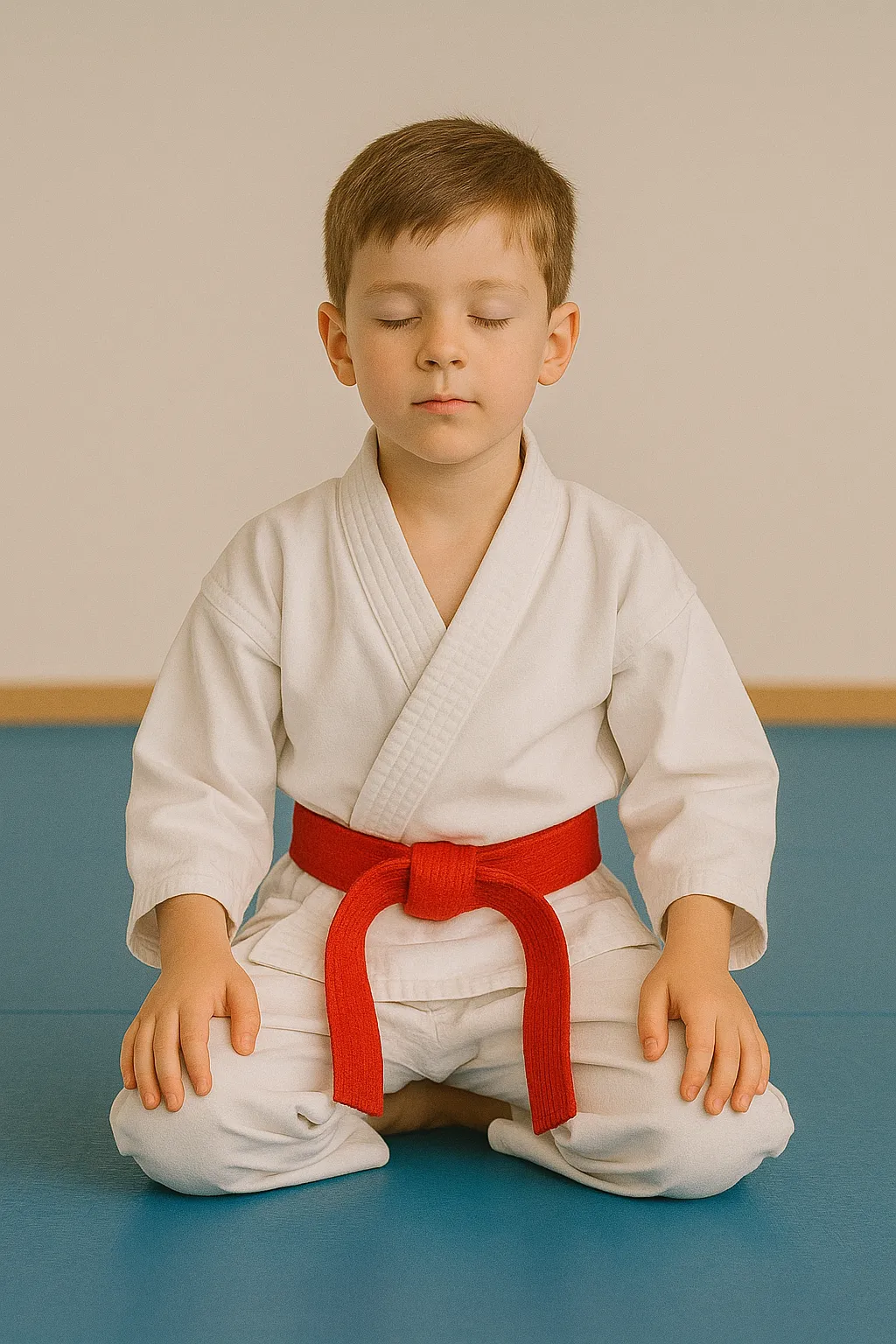
The Science Behind Martial Arts and Brain Development in Kids
"The path of Martial Arts begins and ends with courtesy. So be genuinely polite on every occasion” - Mas Oyama
Martial arts is often celebrated for helping kids become more disciplined, confident, and physically fit. But what many parents don’t realize is how powerfully martial arts impacts a child’s brain development. Through coordination drills, repetition, and structured movement, martial arts builds cognitive abilities that help kids succeed in school and beyond.
At ProMax Martial Arts, we intentionally design our programs—like Early Skillz, Basic Skillz, and Core Skillz—to support both the body and brain during critical stages of childhood development.
🧠 1. Movement and the Brain: A Scientific Connection
Studies show that physical movement directly stimulates brain function. Activities that require cross-lateral movement—like punching with one hand while stepping with the opposite foot—engage both hemispheres of the brain. This helps strengthen the corpus callosum, the part of the brain responsible for communication between the left and right sides.
These movements boost:
Memory retention
Problem-solving skills
Focus and attention span
In other words, martial arts isn’t just about motion—it’s about growing the brain.
🧠 2. Coordination Drills = Cognitive Growth
Martial arts training includes drills that challenge kids to respond quickly, shift directions, balance, and sequence movements in patterns. These skills directly support executive functioning, which includes:
Decision-making
Planning
Impulse control
Working memory
When a child practices a pattern of moves over time, their brain learns how to process and retain complex information more efficiently. This is the same brain power they use to excel in academics.

🧠 3. Repetition Builds Neural Pathways
Repetition in martial arts helps form strong neural connections, reinforcing learning through consistent practice. Every time a child performs a technique, they’re not just mastering a physical move—they’re strengthening memory, attention, and processing speed.
This repetition builds both muscle memory and mental clarity—benefits that transfer to schoolwork, test-taking, and everyday problem-solving.
🧠 4. Emotional Regulation and Mindfulness
Brain development also includes the emotional brain. Through martial arts, kids learn how to stay calm under pressure, take deep breaths when frustrated, and approach challenges with resilience.
Classes promote mindfulness, teaching students how to become aware of their body and emotions. This regulation supports the prefrontal cortex—the area of the brain responsible for self-control.
🧠 Conclusion
Martial arts is more than physical—it’s a powerful tool for cognitive development. With the right instruction, structure, and encouragement, children grow smarter, sharper, and more self-aware through every class.
Want to support your child’s brain development while keeping them active and engaged? Martial arts is one of the best places to start.
